Ramāvand/Barzqawāleh 1رماوند/برزقواله
Location: Barzqawāleh 1 was an archaeological site in Luristan, western Iran, Luristan Province
33°20’20.24″N 47° 9’2.57″E
Map
Sasanian
Sasanian
History and description
Barzqawāleh 1 was an archaeological site located on the northern bank of the Seymareh River, in the Konani district near Kuhdasht, in Luristan. During the rescue excavation season of Barzqawāleh 1, a structure built in rubble masonry (figs. 1 and 2) was excavated (Hourshid and Mousavi Haji, “Kāvosh-e bāstānshenāsi dar mohavate-ye Barzqawāleh 1,” p. 99). The building, covering an area of 87 square meters, consists of three rooms (figs. 3 and 4). The access to the building was through a vaulted doorway through room 3 (fig. 5) . The excavation in this area yielded a piece of oval stone, 75 x 75 x 46 cm with a thickness of 10 cm, which seems to have been part of the arched door or entrance. Room 3 was the largest in the complex. Its northern wall was equipped with five plastered niches (fig. 6), three of which are at different distances from the north wall and two others in the east wall on both sides of the existing door, between rooms 2 and 3. The niches were built 50 cm above the floor of the room, with an average width of 60 cm, and a depth of 40 cm. Structures in room 2 were suffered from both clandestine digging and flooding. Yet, parts of the original gypsum floor were still visible at the time of the excavation. A large number of broken jars and storage vessels were found on the room’s floor. On the north wall, there were remains of a possible oven (104 x 40 x 70 cm), which was once covered with a plaster coating (fig. 7). Also, grooved gypsum pieces were used to decorate the outer edge of the wall; fragmentary pieces could be seen on the eastern side of the structure. At the time of the excavation, only a small part of the original coating was found. Also, grooved gypsum pieces were used to decorate its outer edge, a sample of which could be seen on the eastern wall of the structure. An amount of ash and burnt broken vessels were found. As for the function of this room, it is not clear if it was used as a service/kitchen area or not.
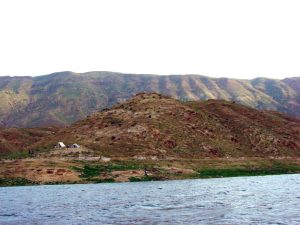
Fig. 1. General view of the site of Barzqawāleh 1 with its Sasanian building, lower right corner, in 2013 (photo: Sh. Hourshid)
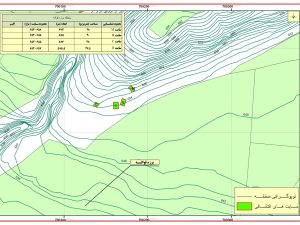
Fig. 2. Topographic map of Barzqawāleh 1 at the foot of Qal’eh Sirom Shāh. The excavated building is marked by letter D (after Hourshid and Mousavi Haji, “Kāvosh-e bāstānshenāsi dar mohavate-ye Barzqawāleh 1,” p. 98, fig. 5)
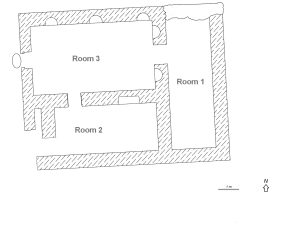
Fig. 3. The plan of the excavated building at Barzqawāleh 1 (after Hourshid and Mousavi Haji, “Kāvosh-e bāstānshenāsi dar mohavate-ye Barzqawāleh 1,” p. 99, fig. 8)
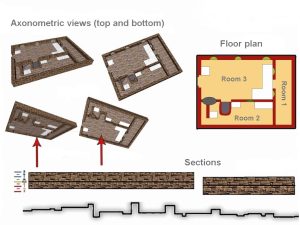
Fig. 4. Plan and axonometric views of the excavated building at Barzqawāleh 1 (photo: Sh. Hourshid)
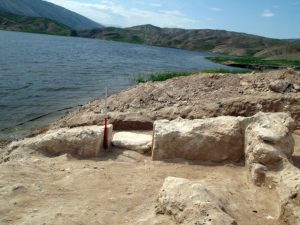
Fig. 5. Remains of the main entrance (after Hourshid and Mousavi Haji, “Kāvosh-e bāstānshenāsi dar mohavate-ye Barzqawāleh 1,” p. 101, fig. 12)
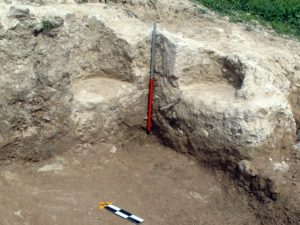
Fig. 6. Two plastered niches in room 3 (after Hourshid and Mousavi Haji, “Kāvosh-e bāstānshenāsi dar mohavate-ye Barzqawāleh 1,” p. 101, fig. 13)
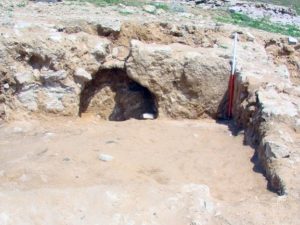
Fig. 7. The niche in room 2 (after Hourshid and Mousavi Haji, “Kāvosh-e bāstānshenāsi dar mohavate-ye Barzqawāleh 1,” p. 101, fig. 10)
Archaeological Exploration
The site of Barzqawāleh 1 was explored within the framework of a rescue excavation project led by Lili Niakan on behalf of the Iranian Center for Archaeological Research in the winter of 2013 (Niakan, L., Pazhuheshhā-ye bāstānshenāsi-ye howze-ye ābgir-e sadd-e Seymareh). The project covered all archaeological sites in danger of being flooded in the area behind the Seymareh Dam. The site was entirely submerged in 2013.
Finds:
Pottery: A total of 735 potsherds and ten complete jars were found in excavations. The presence of such a large quantity of ceramics may indicate that the room was a storage area.
Stuccos: Two pieces of stuccos were found near the edge of the walls in room 2. An example is a brick-shaped piece with holes and cylindrical grooves to be joined with similar pieces. The second piece has a stepped side; it was possibly used as a molding (Fig. 12).
Glass: Two small pieces of crystalized glass in blue color were found in excavations. They were probably part of a glass recipient or vessel. (Fig. 13).
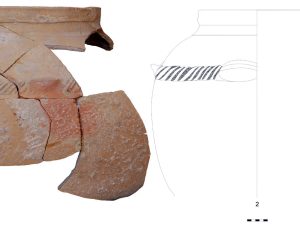
Fig. 8. Pottery from Barzqawāleh 1 (photo: Sh. Hourshid)
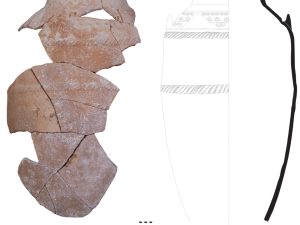
Fig. 9. Pottery from Barzqawāleh 1 (photo: Sh. Hourshid)
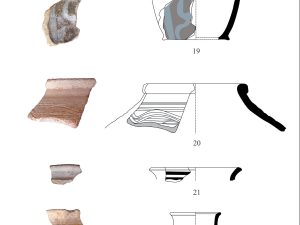
Fig. 10. Pottery from Barzqawāleh 1 (photo: Sh. Hourshid)
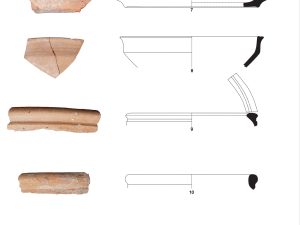
Fig. 11. Pottery from Barzqawāleh 1 (photo: Sh. Hourshid)
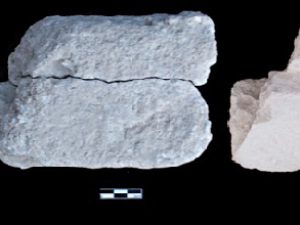
Fig. 12. Two stucco fragments from Barzqawāleh 1 (photo: Sh. Hourshid)

Fig. 13. Two small pieces of crystalized glass in blue color (photo: SH. Hourshid)
Bibliography
Hourshid, Sh., Gozāresh-e kāvosh-e nejātbakhshi-ye mohavatte-ye Barzqawāleh , Ostan-e Lorestan, ICAR, unpublished report, 1392-93/2013-14.
Niakan, L., Pazhuheshhā-ye bāstānshenāsi-ye howze-ye ābgir-e sadd-e Seymareh, ICAR, Tehran, 1394/2015.

































































































































